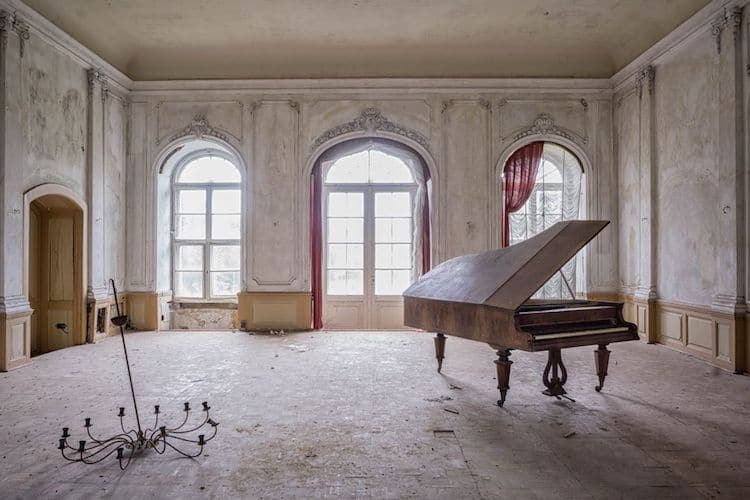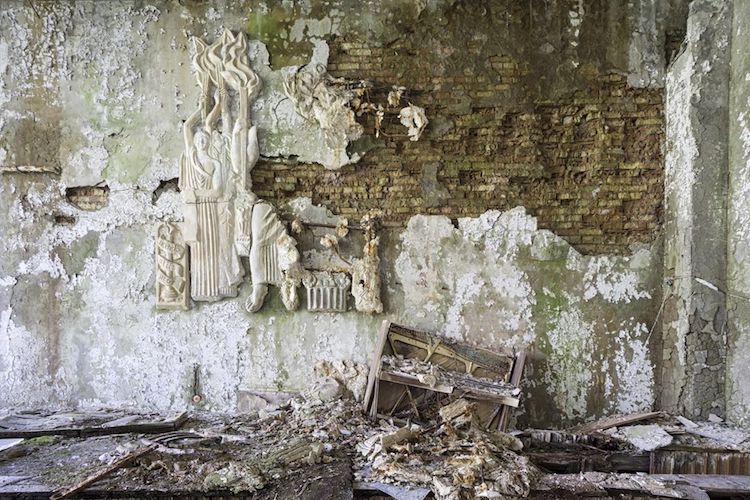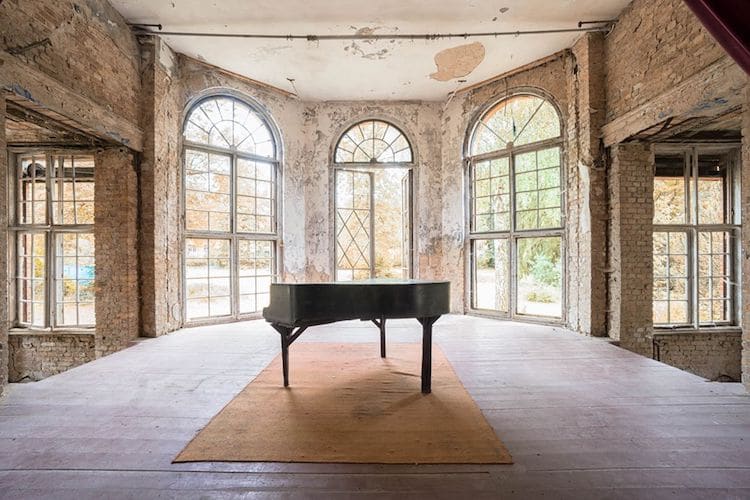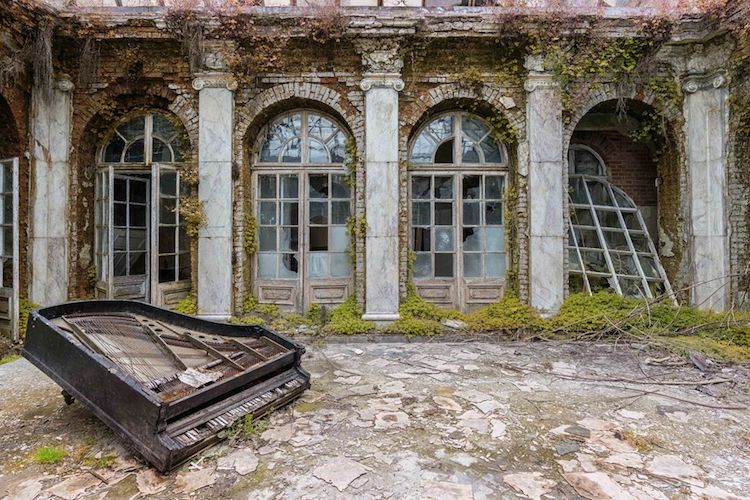Haunting Photos of Deserted Pianos in Abandoned Buildings
In his ground-breaking arrangement, Requiem for Pianos, French craftsman Romain Thiery flawlessly investigates the forlorn existences of overlooked pianos. Matching two of Theiry's aesthetic interests—photography and piano-playing—this contacting venture introduces the instruments through an individual and strong focal point.
Composition for Pianos is set in a few surrendered structures crosswise over Europe. When excellent manors and stately homes, these destinations have since been abandoned, deserting only disintegrating dividers, broke windows, and, as Thiery has found, crowds of disposed of pianos. "Once in a while with a portion of its keys missing, now and then totally disassembled yet continually sitting imposingly," every old piano rests unobtrusively among the remnants, holding up quietly to be found.
Thiery was motivated to shoot this arrangement by his own encounters as a committed piano player. "Enthusiastically rehearsing Chopin on my fantastic piano in my home, I am additionally a picture taker who catches photos of the instrument lying there and further increasing the puzzle encompassing each place," he reveals to My Modern Met. "Through my pictures, the melodic notes of these relinquished pianos reason again in these structures in remains, giving free rule to our creative energy."
Far beyond a melodic instrument, every piano captured by Thiery offers watchers a cozy look into somewhat known and since a long time ago overlooked history.




Comments
Post a Comment